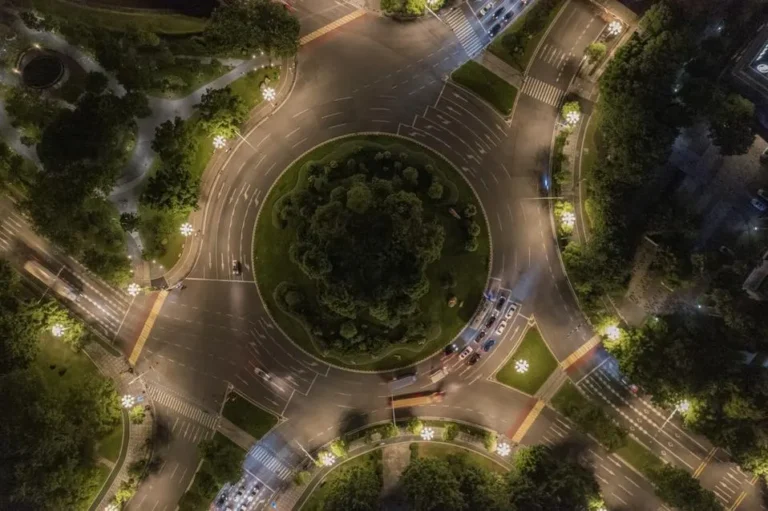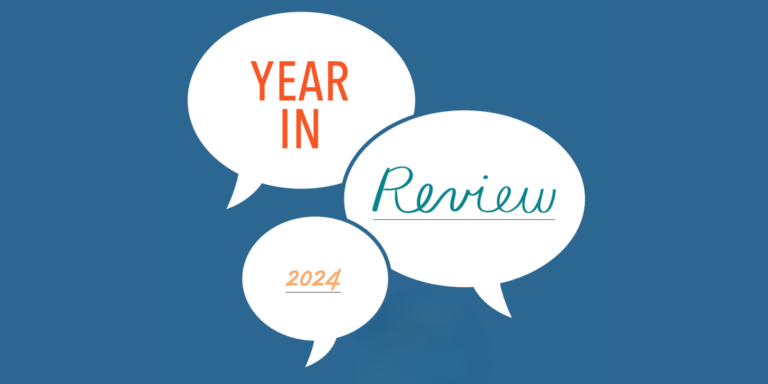by David Siegel and Katy Knight
The below appears as the introductory letter to a new whitepaper published by Siegel Family Endowment that outlines a new framework for understanding and funding infrastructure. Read the full whitepaper, and learn more about our work in this space at infrastructure.siegelendowment.org.
This story begins, as many set in New York City do, with the subway. As transportation enthusiasts, we’re fascinated by trains, especially the remarkable system that runs above and below the city’s streets. It was the discovery of this shared passion for understanding how our subway system works that got us talking about infrastructure a few years ago.
Infrastructure, in the most traditional sense, brings to mind physical constructions: city streets, power lines, the pipes that carry water into your home. But what about all the other things that make society function? Having seen the decline in investment in the country’s physical infrastructure, and aware of the many ways the digital world is upending our definition of the term, we began exploring how Siegel Family Endowment could play a role in the future of infrastructure.
Over the past two years of research and conversations with partners across the field, we’ve realized that our nation’s infrastructure is due for a reset. Hearing the term should evoke a different image: an interconnected web of assets, seen and unseen, that make up the foundation upon which the complicated machinery of modern society operates. It’s inherently multidimensional.
In 2020, the United States has reckoned with a health pandemic and a watershed moment in the fight for racial equity. These challenges highlight how relevant it is to reconsider what society deems the most critical, foundational assets for its citizens—and to ensure they have access to those assets.
Funding infrastructure is often considered the responsibility of government agencies. Yet many of our peers in philanthropy have made important investments in the field. These include working with local governments to fund research, promote novel forms of public-private partnership, and, ultimately, better serve citizens. And if infrastructure is viewed through the broader lens we argue for in this paper, it becomes clear just how much philanthropy, the nonprofit sector, and private entities are investing in our digital and social ecosystems.
We believe that we can do more—and better—if we commit as a country to adopting some of the principles outlined in this paper. However, we also consider this the beginning of a conversation. The time for us to think bigger and bolder about infrastructure is here. Our challenge now is to design it so that more people may thrive.





